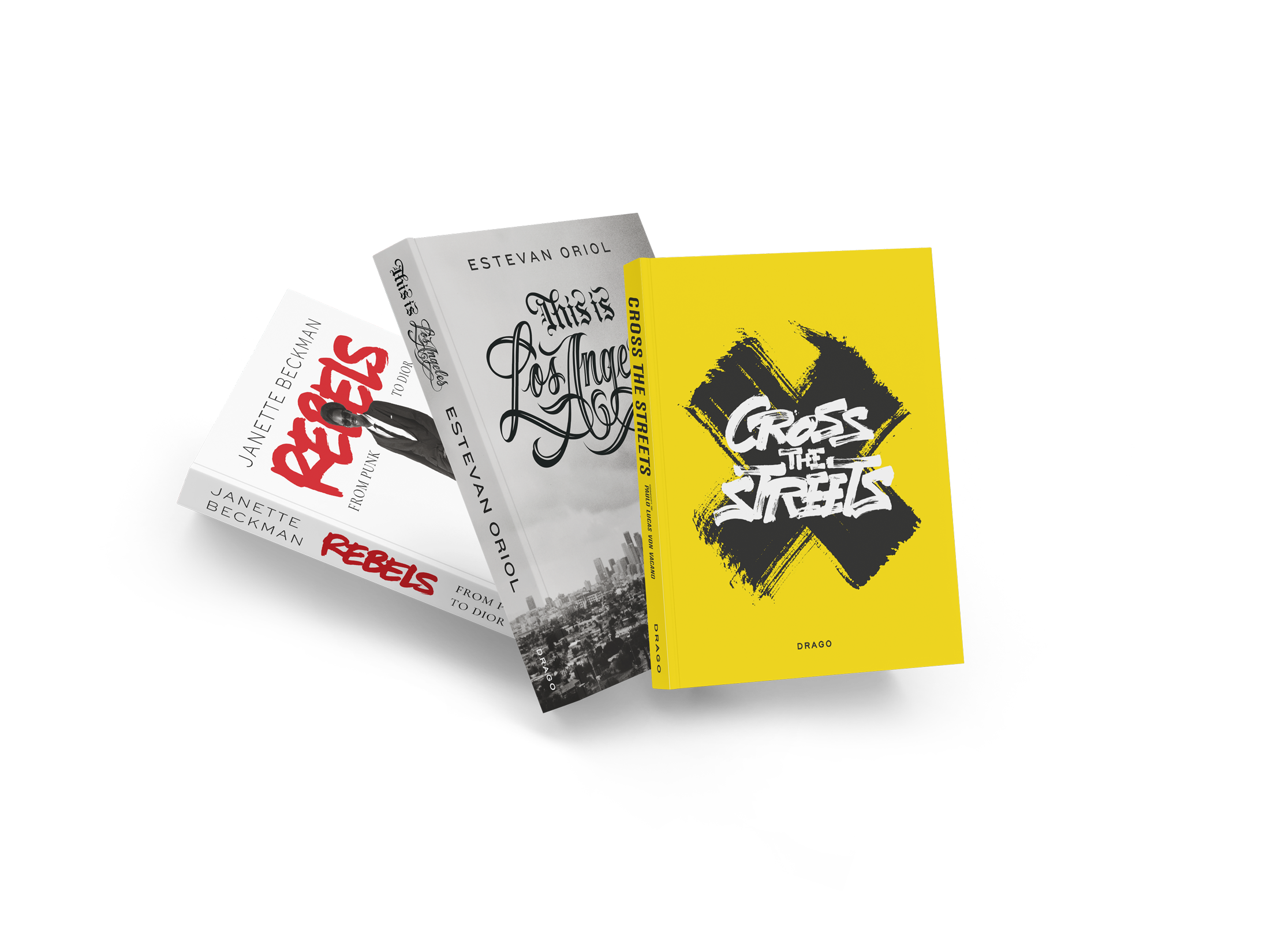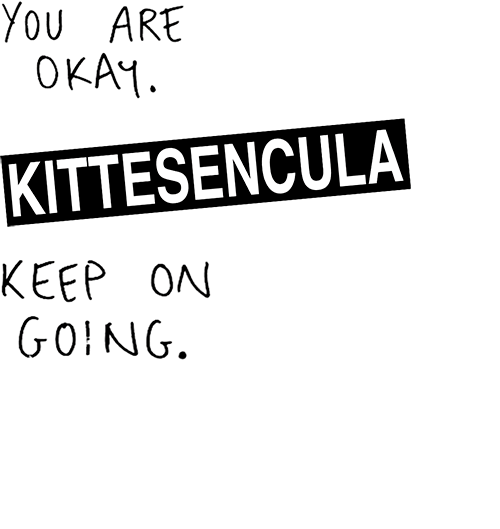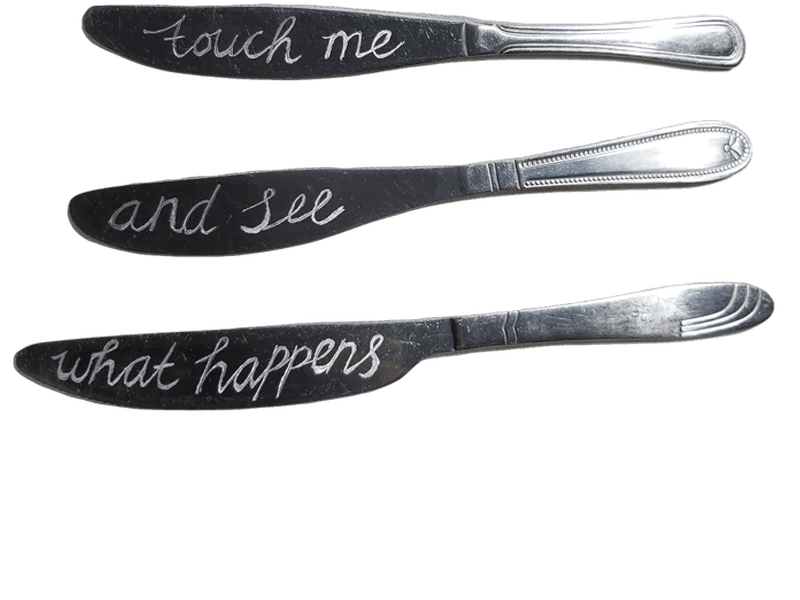
Gordon Parks, one of the greatest photographers of the twentieth century, was a humanitarian with a deep commitment to social justice. He left behind an exceptional body of work that documents American life and culture from the early 1940s into the 2000s, with a focus on race relations, poverty, civil rights, and urban life. Parks was also a distinguished composer, author, and filmmaker who interacted with many of the leading people of his era—from politicians and artists to athletes and other celebrities.
Born into poverty and segregation in Fort Scott, Kansas, in 1912, Parks was drawn to photography as a young man when he saw images of migrant workers in a magazine. After buying a camera at a pawnshop, he taught himself how to use it. Despite his lack of professional training, he won the Julius Rosenwald Fellowship in 1942; this led to a position with the photography section of the Farm Security Administration (FSA) in Washington, D.C., and, later, the Office of War Information (OWI). Working for these agencies, which were then chronicling the nation’s social conditions, Parks quickly developed a personal style that would make him among the most celebrated photographers of his era. His extraordinary pictures allowed him to break the color line in professional photography while he created remarkably expressive images that consistently explored the social and economic impact of poverty, racism, and other forms of discrimination.
When Life magazine asked Gordon Parks to illustrate a recurring series of articles on crime in the United States in 1957, he had already been a staff photographer for nearly a decade, the first African American to hold this position. Parks embarked on a six-week journey that took him and a reporter to the streets of New York, Chicago, San Francisco and Los Angeles. Unlike much of his prior work, the images made were in color. The resulting eight-page photo-essay “The Atmosphere of Crime” was noteworthy not only for its bold aesthetic sophistication, but also for how it challenged stereotypes about criminality then pervasive in the mainstream media. They provided a richly-hued, cinematic portrayal of a largely hidden world: that of violence, police work and incarceration, seen with empathy and candor.
Parks rejected clichés of delinquency, drug use and corruption, opting for a more nuanced view that reflected the social and economic factors tied to criminal behavior and a rare window into the working lives of those charged with preventing and prosecuting it. Transcending the romanticism of the gangster film, the suspense of the crime caper and the racially biased depictions of criminality then prevalent in American popular culture, Parks coaxed his camera to do what it does best: record reality so vividly and compellingly that it would allow Life’s readers to see the complexity of these chronically oversimplified situations. The Atmosphere of Crime, 1957 includes an expansive selection of never-before-published photographs from Parks’ original reportage. Co-published with The Gordon Parks Foundation and The Museum of Modern Art.



